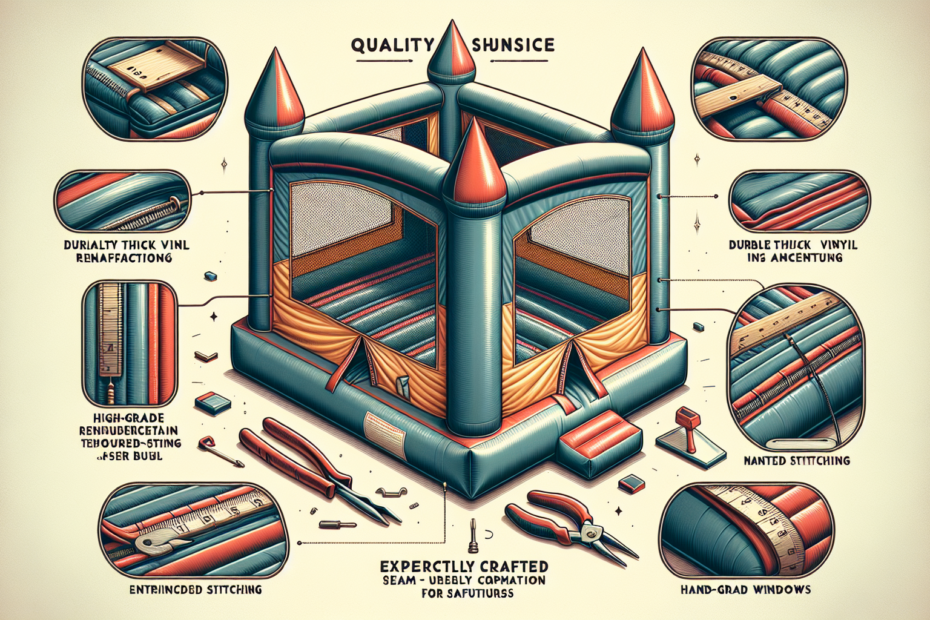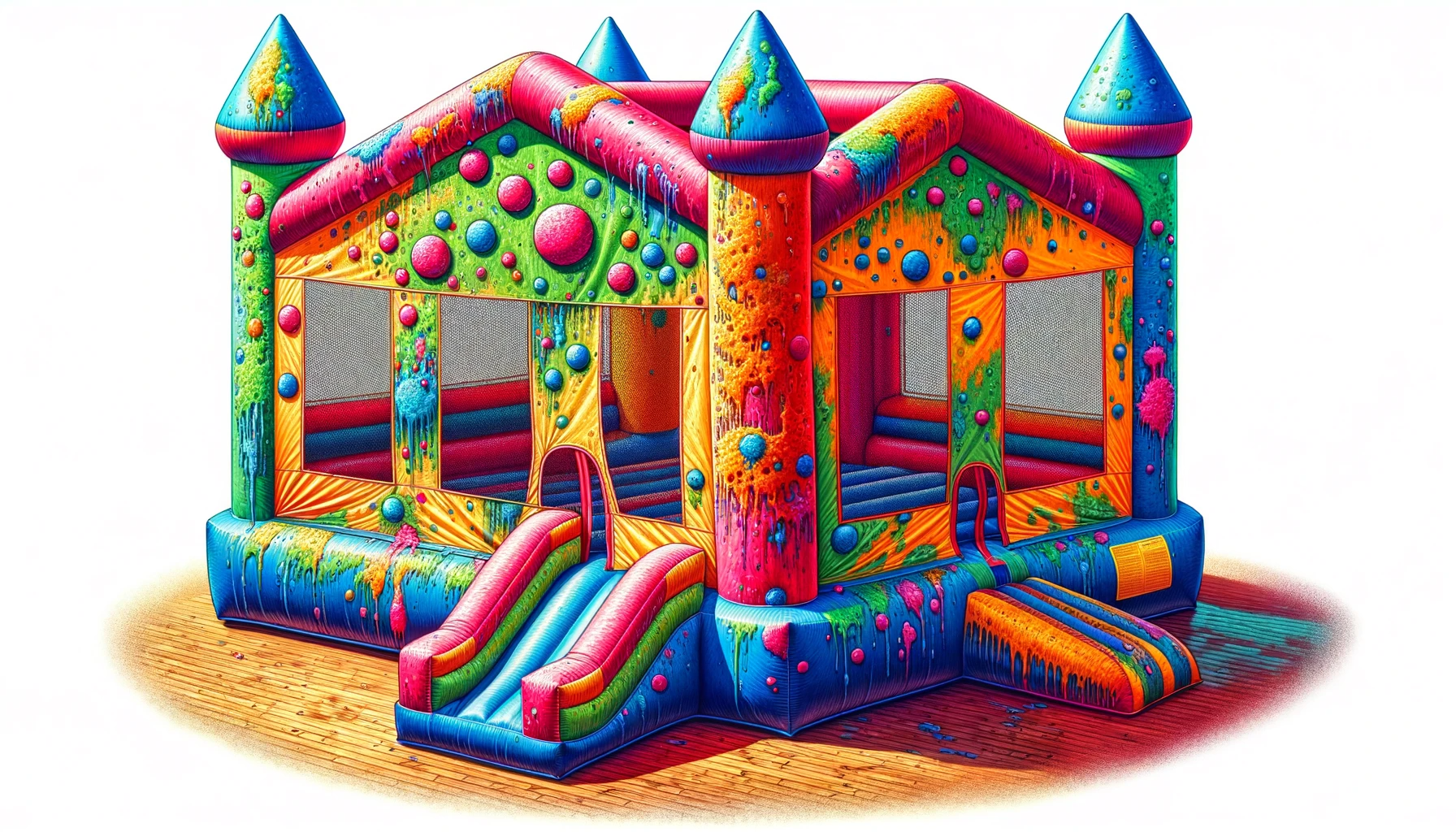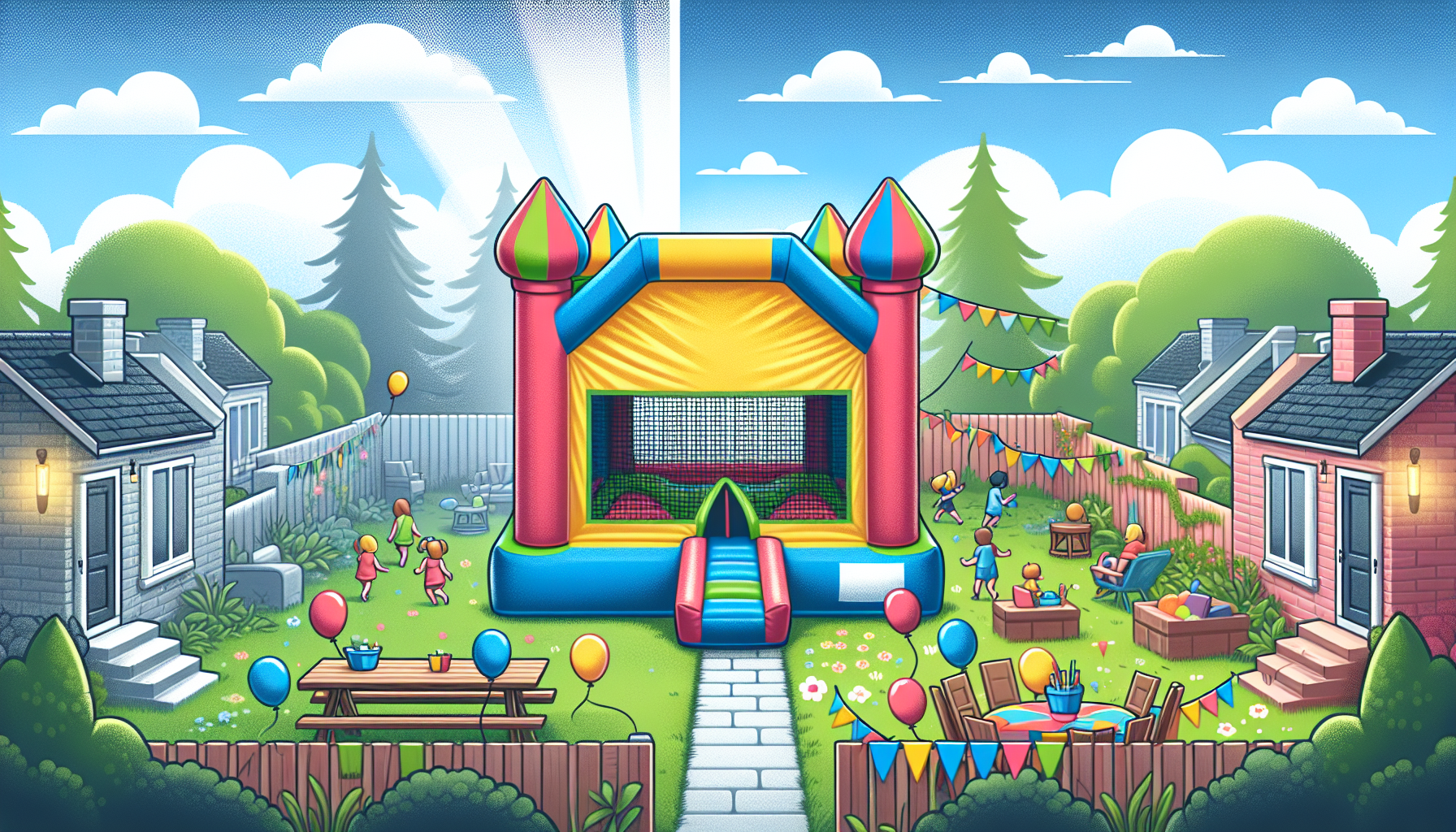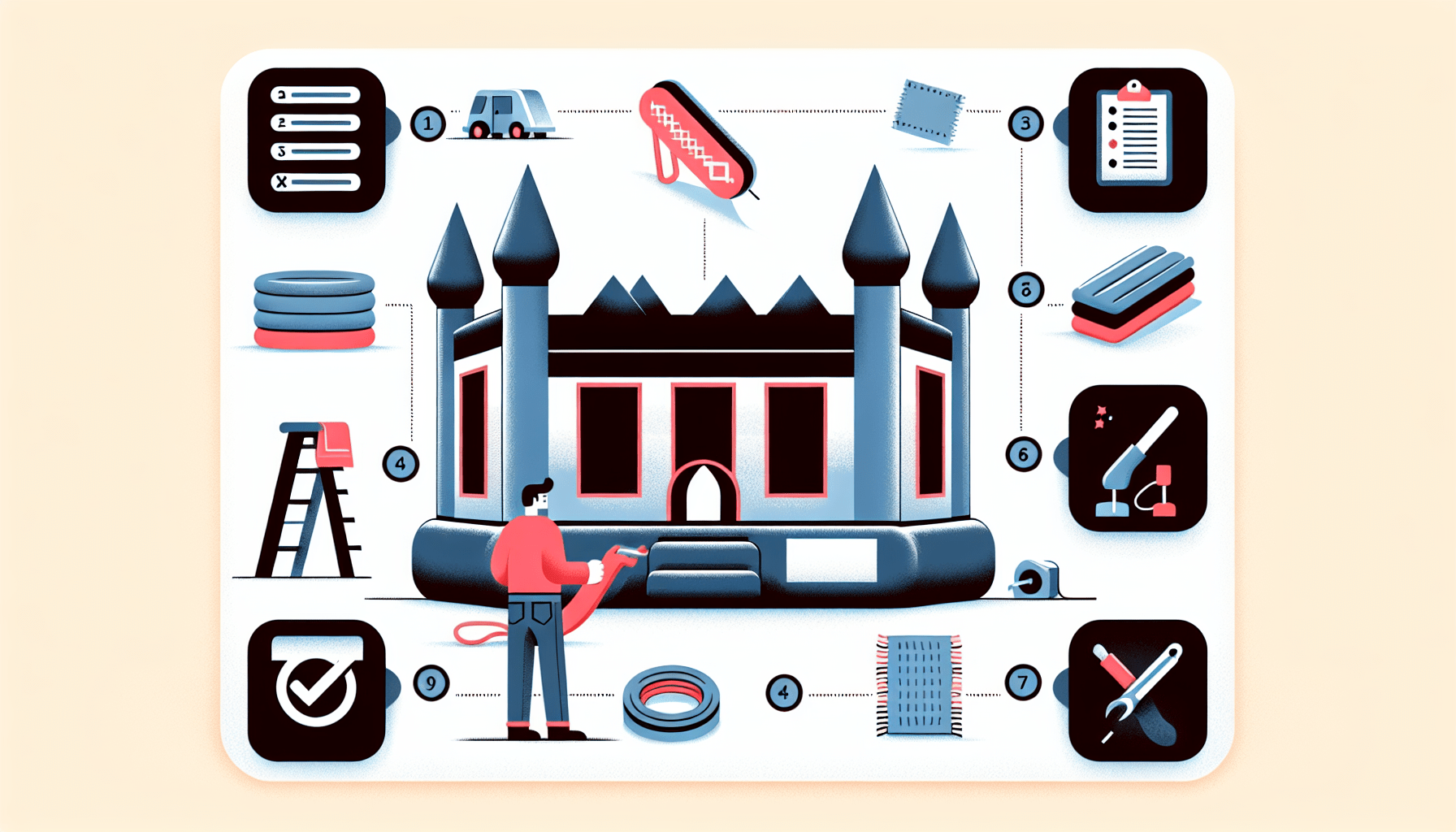If you’re considering investing in a bounce house for your kids or for a business, there’s much more to the story than just looking for the brightest color or the biggest model. A quality bounce house is defined by its materials and craftsmanship. Knowing what to look for can help you make the best possible choice for safety, longevity, and fun.
The Importance of Material Quality
First on the list is the importance of material quality. The gold standard for bounce house materials is commercial-grade PVC tarpaulin, a type of vinyl that’s both strong and flexible. This material is resistant to wear and tear, presenting a surface that’s hard to tear or puncture. Besides, it’s waterproof, making it a great option for outdoor use where it might come into contact with rain or a spilled drink.
Another mark of a superior bounce house material is Oxford cloth. Lighter than the PVC tarpaulin but still remarkably durable, Oxford cloth is often used for residential bounce houses. It’s also more breathable and can keep its cool on a hot day. Pro tip: Whichever material your bounce house uses make sure it is lead-free and puncture-resistant to ensure a safe bouncing experience.
Craftsmanship in a Bounce House
Craftsmanship is another factor that separates a quality bounce house from the rest. A top-notch bounce house will have reinforced stitching, particularly at stress points where the structure receives the most pressure. Good craftsmanship also means well-executed seams that don’t allow air to escape, ensuring the bounce house stays inflated for as long as your kids wish to play.
A bounce house’s design also demonstrates craftsmanship. High-quality indoor or outdoor bounce houses usually include safety features like netting to prevent kids from bouncing out. Other aspects to consider include the number of air inlets and outlets, the quality of the blower, and any additional features like built-in water slides or obstacle courses.
Matching Your Needs and Intentions
Understanding the user’s intention is just as significant as understanding the product features. Are you considering a residential bounce house for weekend fun or a commercial one for ongoing use at parties or events? What size do you have in mind? Are you thinking of a plain bouncing castle or one with a theme or additional features? Providing answers to these questions will significantly narrow your options and help you find the bounce house that best aligns with your intentions.
Searching for the Long-Lasting Investment
When thinking long-term, you might want to consider additional features that prolong the life of your bounce house such as protective sun covers or repair kits that include patches and thread.
Lastly, don’t forget to check the warranty. A longer warranty often means the manufacturer is confident in their product’s quality. It’s peace of mind for you knowing, your bounce house will remain a source of joy for a long time.
In conclusion, getting a quality bounce house requires you to carefully consider the material used and the level of craftsmanship. Identify your needs and align them with what’s available on the market, always keeping safety and durability as your guiding principles. Armed with this knowledge, you’re now better placed to make a decision that will bring you the most value and smiles. And remember, the best bounce house is the one that best suits your specific needs.



